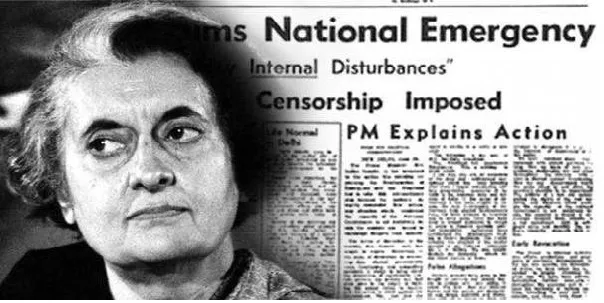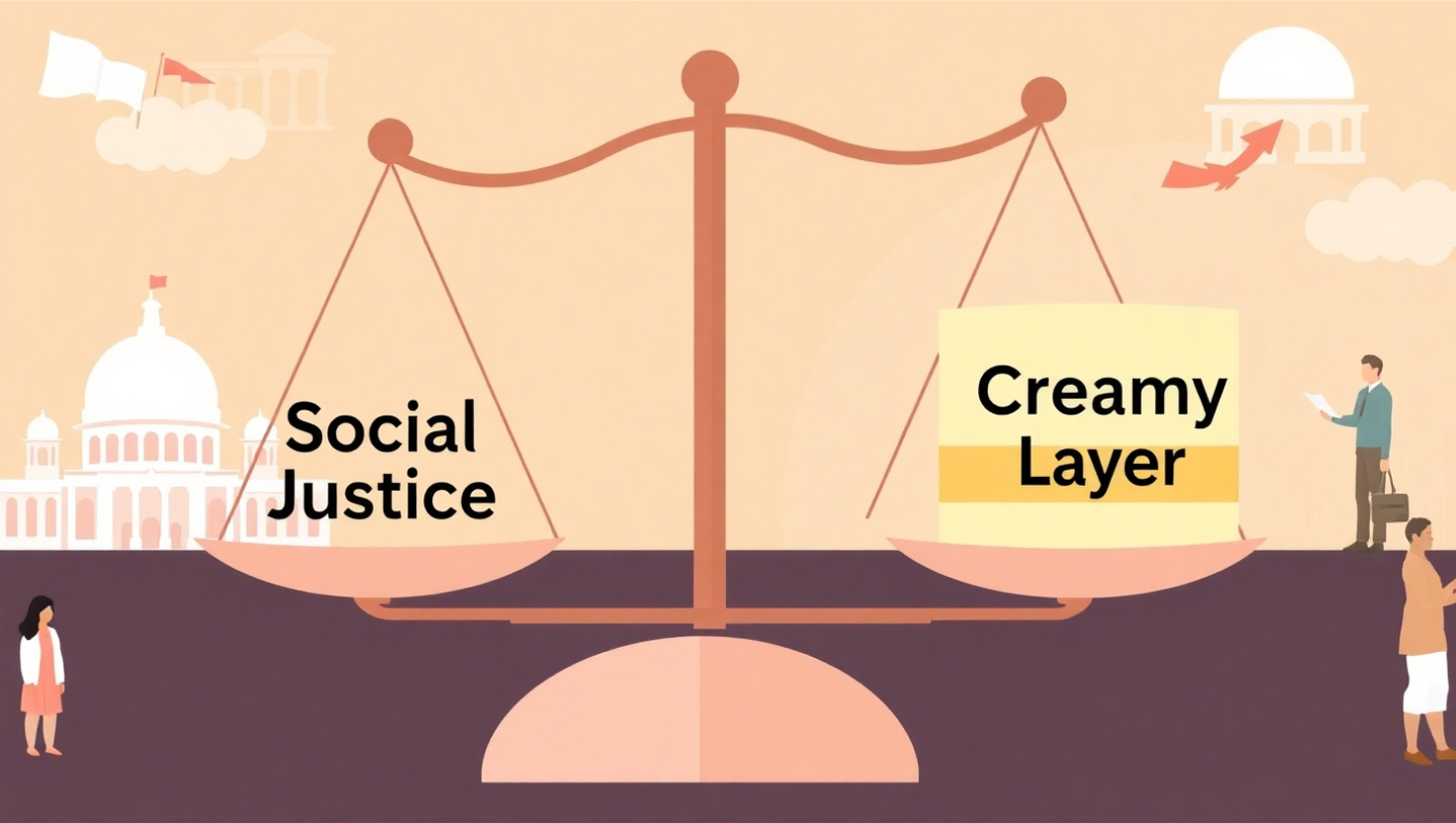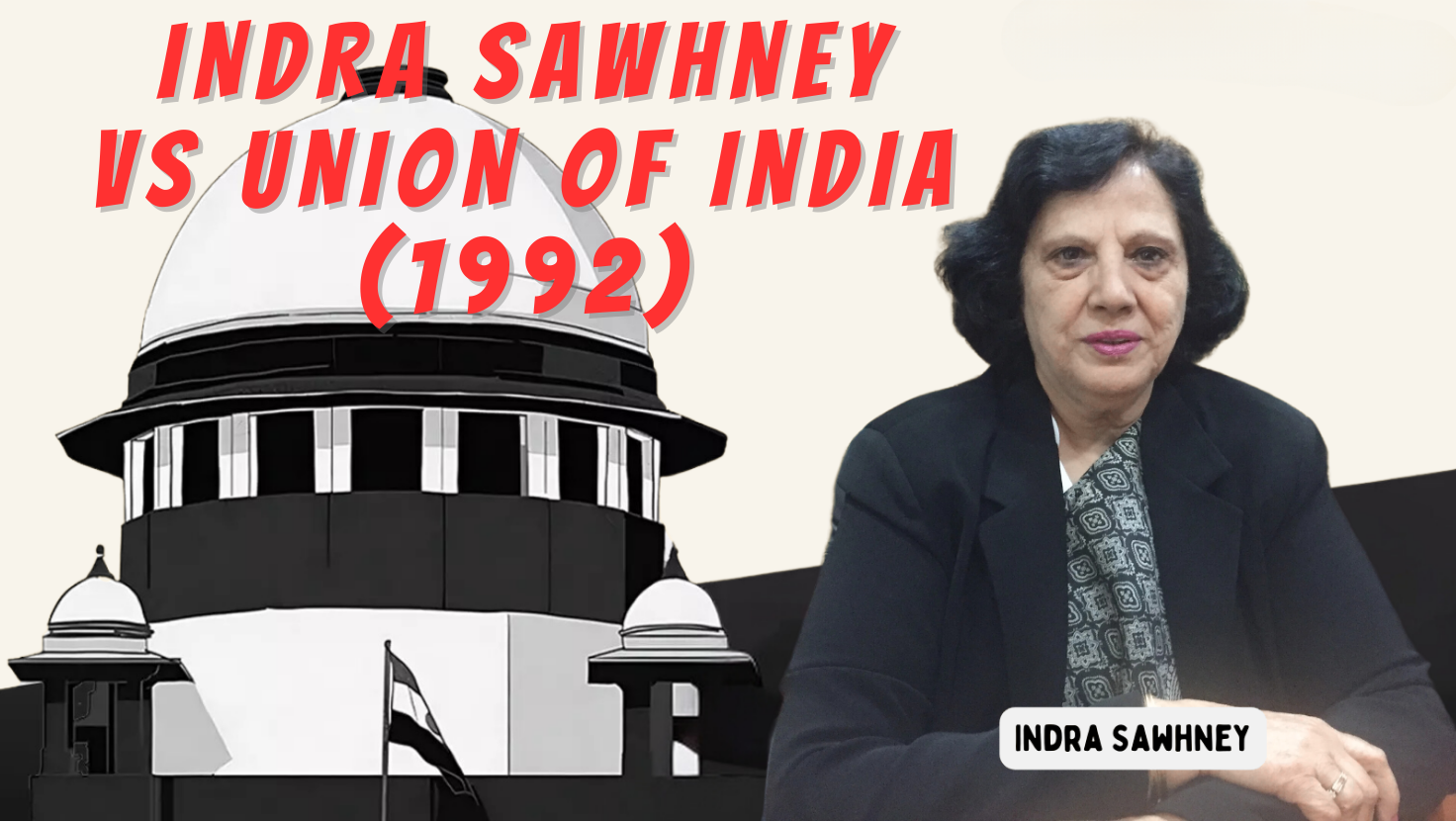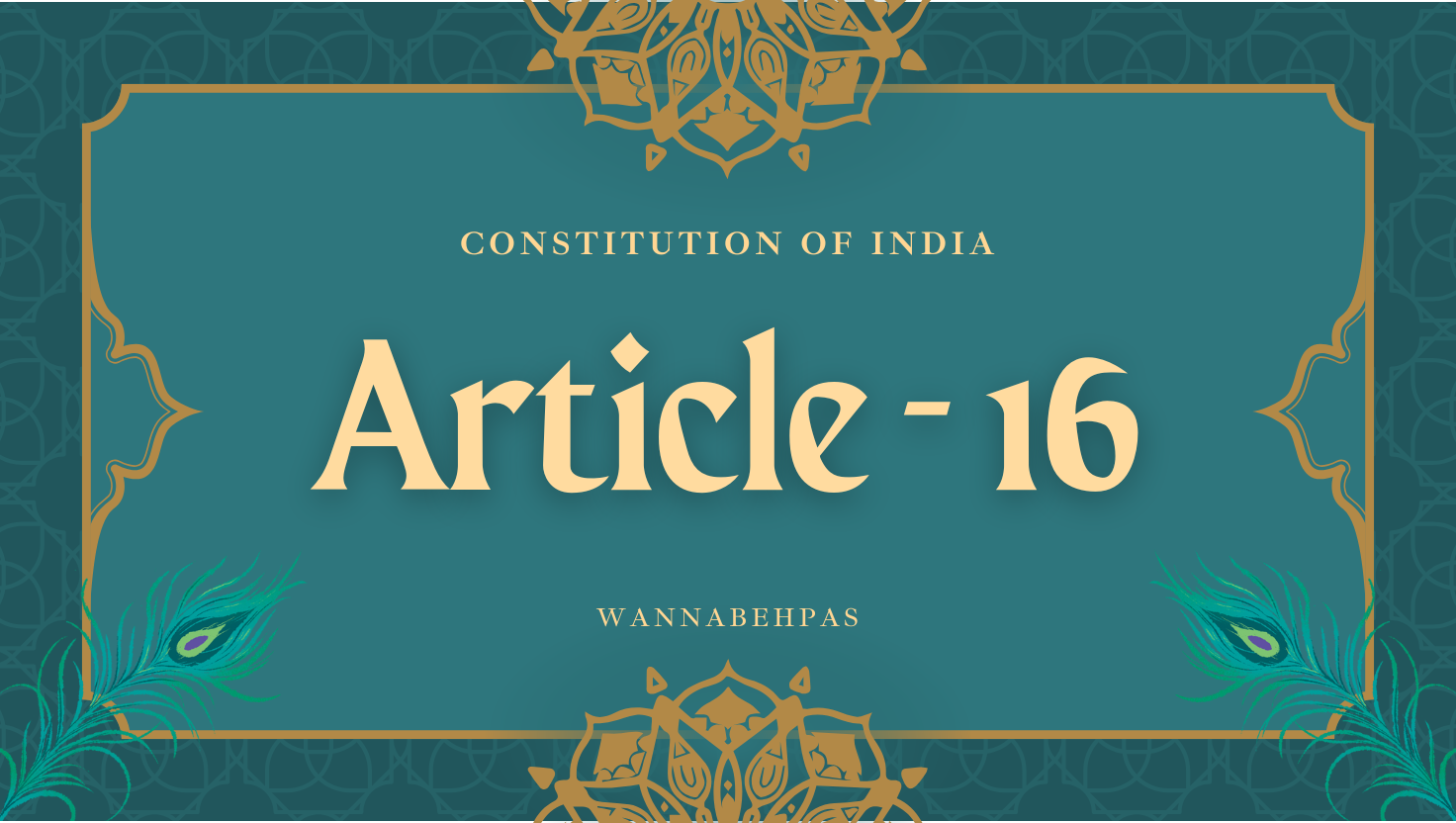Half a Century Since India’s Emergency Era
Source: DD News
Syllabus: Indian Polity & Governance | Modern History
Why In News: Emergency
On 25th June 2025, India marks the 50th anniversary of the declaration of the Emergency (1975–1977), a critical period that significantly impacted the country’s democracy and constitutional framework.
What was the Emergency?
- Declared under Article 352 of the Constitution on 25th June 1975, citing “internal disturbance.”
- It led to the suspension of civil liberties, curtailment of Fundamental Rights, and significant changes in governance.
- Duration: 25th June 1975 to 21st March 1977.
Events Leading to the Emergency:
- Rising public unrest due to:
- Student agitations
- Inflation and unemployment
- Allegations of corruption
- Jayaprakash Narayan’s Total Revolution movement, especially in Bihar and Gujarat, intensified mass protests.
- On 12th June 1975, the Allahabad High Court found Prime Minister Indira Gandhi guilty of electoral malpractice, triggering demands for her resignation.
Key Developments During the Emergency:
- Suspension of Fundamental Rights:
- Article 358 and 359 invoked to suspend rights under Articles 14, 19, 21, and 22.
- Mass Arrests:
- Over 35,000 political leaders and activists detained under the Maintenance of Internal Security Act (MISA).
- Media Censorship:
- Strict control over newspapers, films, and other publications.
- Coercive Sterilisation Drive:
- Over 1.07 crore sterilisation procedures conducted, many reported under coercion.
- 42nd Constitutional Amendment:
- Expanded powers of the executive.
- Weakened judicial review.
- Extended the term of the Lok Sabha from 5 to 6 years.
Aftermath and Reforms Post-Emergency:
- The Emergency ended in March 1977 following the Congress party’s defeat in the general elections.
- Shah Commission (1977):
- Investigated human rights abuses, arbitrary detentions, forced sterilisation, and media suppression during the Emergency.
- 44th Constitutional Amendment (1978):
- Made Emergency provisions stricter.
- Replaced “internal disturbance” with “armed rebellion” as a ground for declaring Emergency.
- Restored judicial oversight and protection of Fundamental Rights.
Conclusion:
The Emergency period remains a crucial chapter in India’s democratic journey, reminding the nation of the need to safeguard constitutional values, civil liberties, and institutional checks on executive power.
UPSC Relevance:
- Emergency Provisions under the Constitution
- Role of Judiciary and Fundamental Rights
- Evolution of India’s Democratic Institutions











